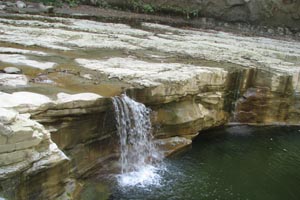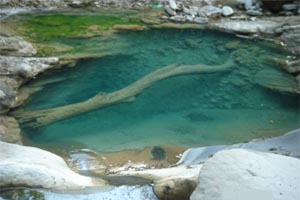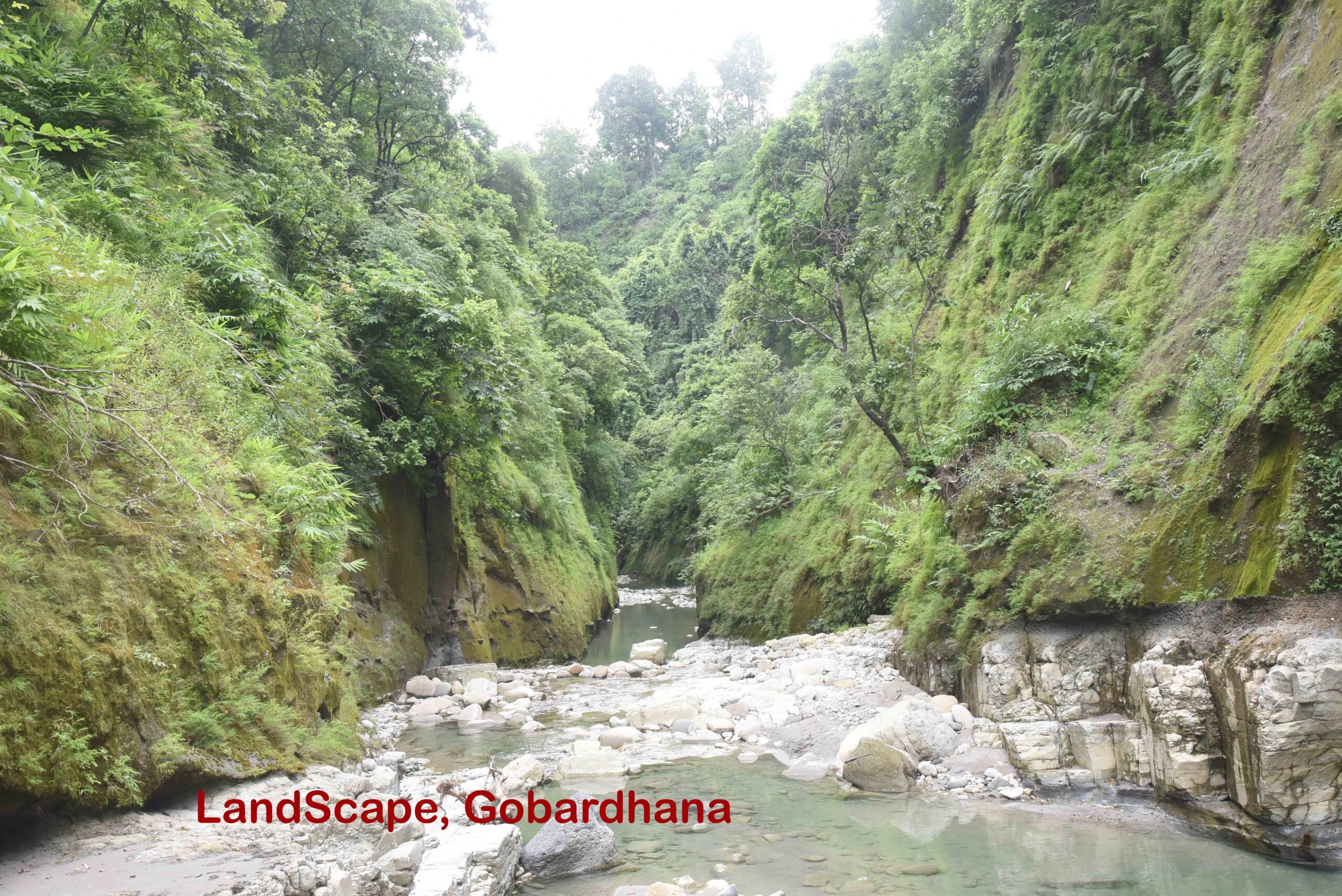LANDSCAPE & BIODIVERSITY
The pristine forest and wilderness of VTR is an excellent example of Himalayan Terai landscape. The topography of VTR is characterized by rocky hills and doon valleys drained by numerous rivers and streams which gradually merge at alluvial plains in the south. These rivers and streams are the major sources of water in the region. It is a rich natural area in the Terai, the subtropical northern part of Bihar.




Criss-crossing and meandering rivers, streams and rivulets, canals; swamps and grasslands features on these lands. River Gandak forms the western boundary of Valmiki wildlife sanctuary. It enters India at Valmikinagar, where two rivulets Sonha and Pachnad join it forming a holy confluence ‘Triveni’. The river is called ‘Narayani’ in Nepal. Harha – Masan River system originates from the Valmiki Forests and forms Burhi Gandak River down south. River Pandai flows into Bihar (India) from Nepal in the eastern end of the Sanctuary and meets Masan. All these rivers with their precursor and tributaries namely Rohua, Kotrahia, Manor, Bhapsa, Koshil, Singha, Dhonghi, Ganguli, Dohram are full of youth and verve. Their playfulness while descending from hills, ridges and gorges are enchanting. Meeting the planes they slowly mature to serene grandeur.
WILD FLORA AND FAUNA
Valmiki Tiger Reserve is part of the Valmiki-Chitwan- Parsa Terai Arch Tiger Conservation Landscape of about 3549 sq. km. Having continuity with Chitwan NP (932 sq. km.) and Parsa WLS (499 sq. km.) in Nepal, VTR is one of the eleven Level 1 Tiger Conservation Units (TCU) in the Indian sub- continent, where long term survival of Tigers (Panthera tigris) is possible. The Reserve has also been designated as Important Bird Area (IBA) by the Indian Bird Conservation Network. The dolphin & ghariyal is also present Gandak river .
Faunal Diversity:
VTR harbours 58 species of mammals, approximately 250 species of birds, 37 species of reptiles and 50 species of fishes among the vertebrate fauna. In the invertebrate category, VTR contains 100 species of butterflies, 100 species of moths, 50 species of dragonflies and damselflies, 30 species of spiders and almost 250 species of other insects have been identified.
Mammals: Tigers, sloth bear, leopard, Indian gaur, hyena, wild dogs etc reside in VTR. Several species of deer and antelope viz barking deer, spotted deer, hog deer, sambhar, blue bull are also present. Apart from these, leopard cat, wildcat, fishing cat, Himalayan pangolin, wild boar, serow, civets, flying squirrel etc. can also be sighted.
Reptiles: These include python, cobra, viper, king cobra, krait, banded krait, sand boa, monitor lizard etc. Gandak River which forms the western boundary of the reserve is home to Ghariyal, Crocodiles and Dolphins.
Floral Diversity:
There are seven forest types found in VTR which makes it a special habitat for vide varieties of herbivores and carnivores: Bhabar Dun Sal Forest, Dry Siwalik Sal Forest, West Gangetic Moist Mixed Deciduous Forest, Khair Sissoo Forest, Cane Brakes, Eastern Wet Alluvial Grassland, and Barringtonia Swamp Forest. The important tree species found in valley areas of VTR are Sal, Karam, Asan, Bahera, Asidh, Simal, Satsal, etc. Besides, in hilly regions, Piyar, Mandar, Banjan, Bhelwa, Harra, Behera etc are found. Cane breaks are also found in VTR.
